Automatic steel coil packing machine for steel strip coil
Related posts:
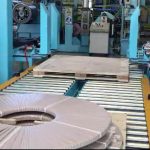 Automatic steel strip coil packing line
Automatic steel strip coil packing line
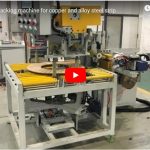 Coil packing machine for copper and alloy steel strip
Coil packing machine for copper and alloy steel strip
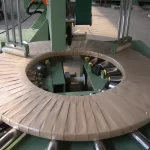 Coil packing machine for copper and alloy steel strip
Coil packing machine for copper and alloy steel strip
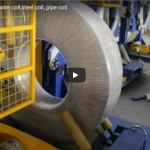 Packing machine for wire coil,steel coil, pipe coil
Packing machine for wire coil,steel coil, pipe coil
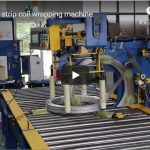 copper strip coil wrapping machine
copper strip coil wrapping machine
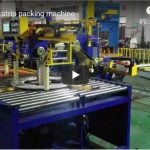 copper strip packing machine
copper strip packing machine
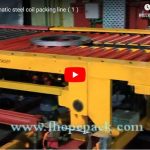 automatic steel coil packing line
automatic steel coil packing line
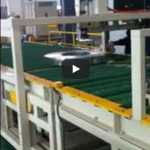 automatic steel coil packing line
automatic steel coil packing line